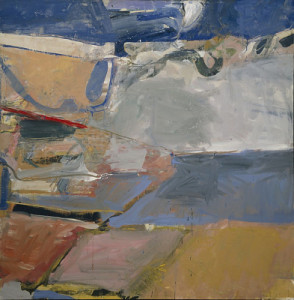From the outside “A Samoan Dictionary” looks fairly innocuous, but inside lies horror that would strike fear in the heart of any conservator (or book lover). The cover looks more »
Month: October 2013
Imagine that you’re a newly-minted American diplomat in 1954, posted to the official U.S. consular residence in the coastal city of Nice, France, where you’ve been sent to brush up on more »

Most art history students have had to tackle an assignment that requires researching a contemporary artist. Quickly, it becomes clear that the research of contemporary artists involves a different research process than more seasoned artists. The resources that students would normally access first, such as catalogue raisonnés or retrospective exhibition catalogues, most likely do not exist yet. So, what sources are available to researchers of contemporary art and how does a contemporary art museum library cater to those needs? These are questions we ask ourselves when building and managing our collection.
Join us for a Wikipedia Loves Libraries Editathon at the Smithsonian American Art and Portrait Gallery Library, focusing on American Artists at the World’s Columbian Exposition. This event will include new editor training, an afternoon Editathon, and an evening happy hour. No experience necessary–technical or subject!
This the third and final installment of National Museum of African Art Library volunteer Judith Schaefer’s series on David Livingstone. See Part I and Part II. “In Congo, unrelenting violence” more »
This post is the second in a three post series by National Museum of African Art Library volunteer Judy Schaffer. If you missed the first installment, posted right before our shutdown-induced hiatus, check it out here.
“. . . this trade in Hell, this open sore of the world . . .”
David Livingstone’s first book, Missionary travels and researches in South Africa, published in 1857, was a huge success, not only because of the harrowing adventures it related but because it alerted the British public to the existence of the Arab slave trade flourishing along Africa’s east coast. The book, along with Livingstone’s many lectures and letters, provoked a call for action once again, and finally, in 1873, a few weeks after Livingstone’s death, Parliament outlawed this trade, too (the West Coast trade had been outlawed in 1834). The Royal Navy sent ships to Africa to enforce the ban.


